In Defence of Potatoes
In 1863, William Banting – an English undertaker – wrote a booklet entitled, “Letter on Corpulence, Addressed to the Public.” In it, he outlined his battle with obesity including all of his failed diets and exercise regimes, and described the regime that finally worked for him.
What worked? Avoiding sugar, saccharine matter, starch, and beer, amongst a few other things. He still ate four meals a day consisting of meat, vegetables, fruit, and dry wine.
In 1863, one of the main sources of starch in the diet was the humble potato. With the recent resurgence of the low carb way of eating, potatoes have once again been relegated to the category of fattening, owing to their high starch content.
So why would we want to defend them?
There are many reasons to love the potato beyond the fact they are the key component of French fries.
1. They aren’t even that high in carbohydrates.
Not that being high in carbs should necessarily be a deterrent to eat a wholefood source of carbohydrates! Depending on your goals, potatoes can easily be worked into your diet.
Per 100 gram serving, only 17 grams are carbs. Of those 17 grams, 2.2 grams are fibre. This reduces the ‘usable’ carbohydrate from 17 grams, to 14.8 grams (total carbs net of fibre). Of these 14.8 remaining grams, an untold amount is actually ‘resistant starch’ (RS) – a form of starch that ‘resists’ normal digestion and is processed more like fibre in the body, and feeds certain strains of bacteria in the gastrointestinal tract.
2. They provide resistant starch.
Speaking of resistant starch, potatoes are one of the few sources of RS in the diet. The amount varies according to cooking methods and preparations. For example, cooking and cooling potatoes before eating them dramatically increases the amount of starch that’s ‘resistant’ to normal digestion – though how much, nobody really knows. However, it’s safe to say that of those ~14.8 grams of carbohydrate remaining in 100 grams of potato after fibre has been subtracted, not many actually get used as starch.
Resistant starch is a hefty topic, and one best left for its own post (coming soon!), but some benefits include:
Preferentially feed ‘good’ gut bugs that produce butyrate. Butyrate is the prime energy source for our colonic cells.
Improves insulin sensitivity, and lowers the insulin response to food.
Reduces fasting blood sugar.
Increases satiety.
My favourite way to eat resistant starch? Potato salad (with homemade mayonnaise).
3. They provide many essential vitamins and minerals.
Potatoes aren’t simply carb bombs. No, they’re actually very nutritious, offering a wide variety of vitamins and minerals. In fact, they’re so nutrient-dense that it’s been hypothesized that one could survive on a diet of potatoes and milk for months.
In the same 100 grams of potatoes, you’ll get:
7% of your recommended daily intake (RDI) of vitamins B1 and B3, as well as manganese.
9% of your RDI of potassium and phosphorous.
An impressive 23% of your RDI of vitamin B6.
And an unexpected but amazing 25% of the RDI of vitamin C.
You also get modest amounts of vitamin B2, B5, folate, non-heme iron, magnesium, and zinc.
They may not look like much, and they may have been (temporarily) outlawed by the Paleo movement owing to their glycaemic index and saponin content. However, they’ve recently been added back in to the list of approved Paleo items (just not in highly processed forms, like chips and French fries).
4. They’re cheap!
With vegetable prices seemingly increasing every day, the humble potato is reliably cheap and always available. They’re also incredibly easy to grow yourself, if you have the space to do so.
You pay slightly more for the washed varieties, but if you don’t mind scrubbing a bit of dirt off, you can save even more money. Heck, a little dirt may even serve as a free probiotic!
They’re a very good way to add bulk to a meal without spending much money, plus (as mentioned above) potatoes are uniquely filling. Just make sure you store them in a cool, dark place, and throw them out if they start to go green – green potatoes are toxic.
5. They’re oh-so versatile.
This Wikipedia article lists 92 different varieties of potatoes. 92!! Of course the majority aren’t available here in New Zealand, but even your standard grocery store will have three or more varieties, ranging from waxy to floury, washed to unwashed.
Varieties aside, there are literally countless ways to cook and prepare potatoes. Baked, boiled, fried, dauphinoise, scalloped, mashed, whipped… not to mention the ways they can be used as components of other recipes, such as Shepherd's pie, curries, soups, and stews. I own two cookbooks entirely dedicated to potatoes. One book alone boasts over 200 recipes!
As a wholefood source of carbohydrates, there is nothing wrong with the potato. In fact, there’s a whole lot right with it.
Thanks, from the Feel Fresh Nutrition Team xx
Image: @chaminchamin


